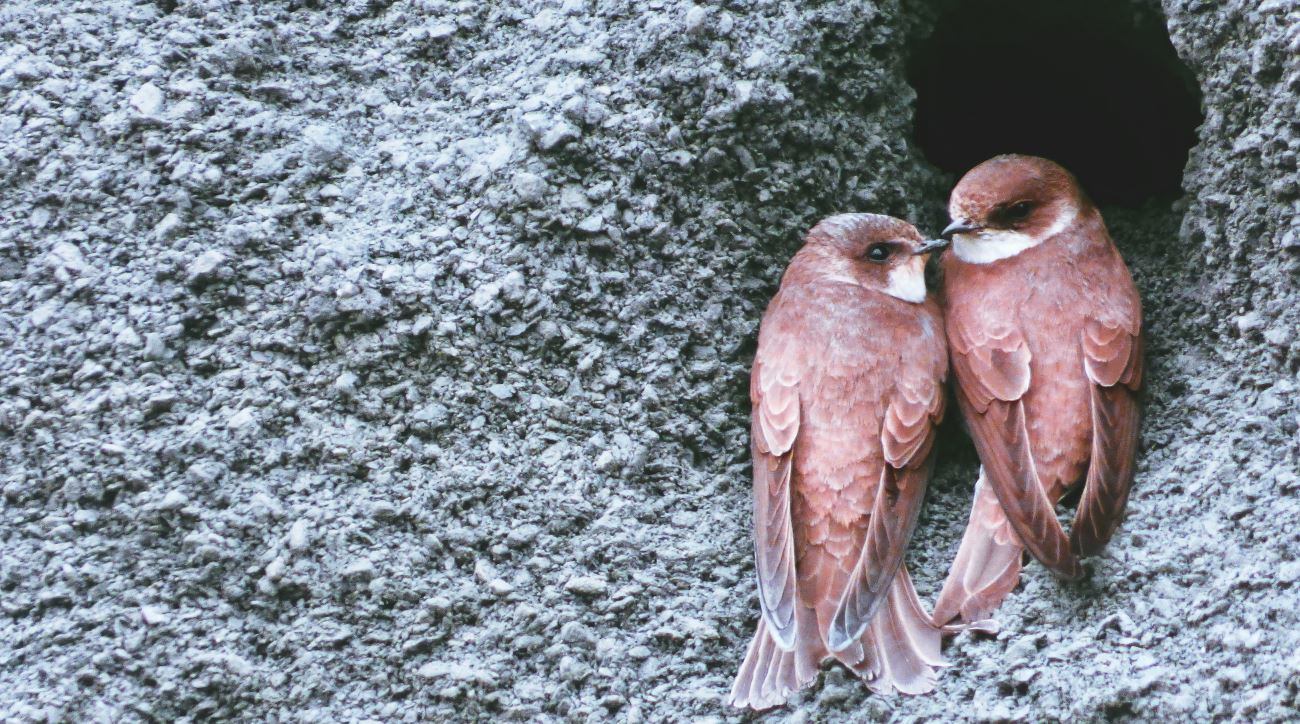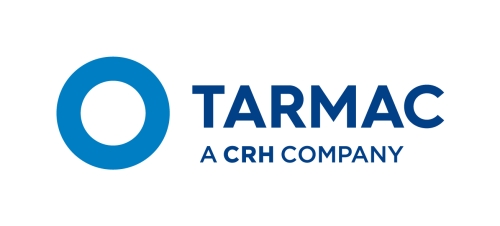
ENVIRONMENTAL STEWARDSHIP
Sand martins flock to Newark Blocks home
Newark Blocks has welcomed new residents to its site as part of its Environmental Management System activity.
Covering 21 acres of land, and creating approximately 1.2 million m2 of aggregate blocks a year, Newark Blocks is one of our largest and busiest Building Products sites. 10 months ago, Adrian Allen-Wright took on the challenge of managing it.
Part of the Tarmac Environmental Management System assigns each operational site to look at developing biodiversity goals on site and this site looked at options for enhancing biodiversity on site from looking at what species were observed on site. Large sites surrounded by trees and open water, such as Newark Blocks, tend to attract local wildlife and the site has already seen various bird species and other wildlife including foxes present.
One day in March, Adrian noticed that some of the active stockpiles were being pecked at by sand martins. He spoke to Graham Degg, one of the Loading Shovel Drivers, about using some of the leftover sand to create a new stockpile in the corner of the yard. After an assessment, the team began work, and 30 minutes later the new sand bank was in place.
Adrian Allen-Wright, site manager, said “We were more than happy to create the new stockpile to encourage the wildlife attracted to the site. It was a very simple solution to help protect local biodiversity, something we’re always keen to do.”
The next morning the team arrived to 20 new holes in the sand bank, indicating that the sand martins had successfully made themselves a new home. Since then, Newark Blocks has noted the benefit of creating a habitat on site that protects wildlife, while still allowing their work to continue unhindered.
The new feature proved so popular with the birds – with over 50 nests built, against the initial estimate of 20-30 – that as part of the long maintenance of the sand bank, the team has decided to re-design the stock yard to accommodate a larger sand bank.
This man-made habitat, and others like it, helps Tarmac toward our biodiversity work as part of our Sustainability Strategy, and shows that we can always find more ways in which to look after the environment we work within.
